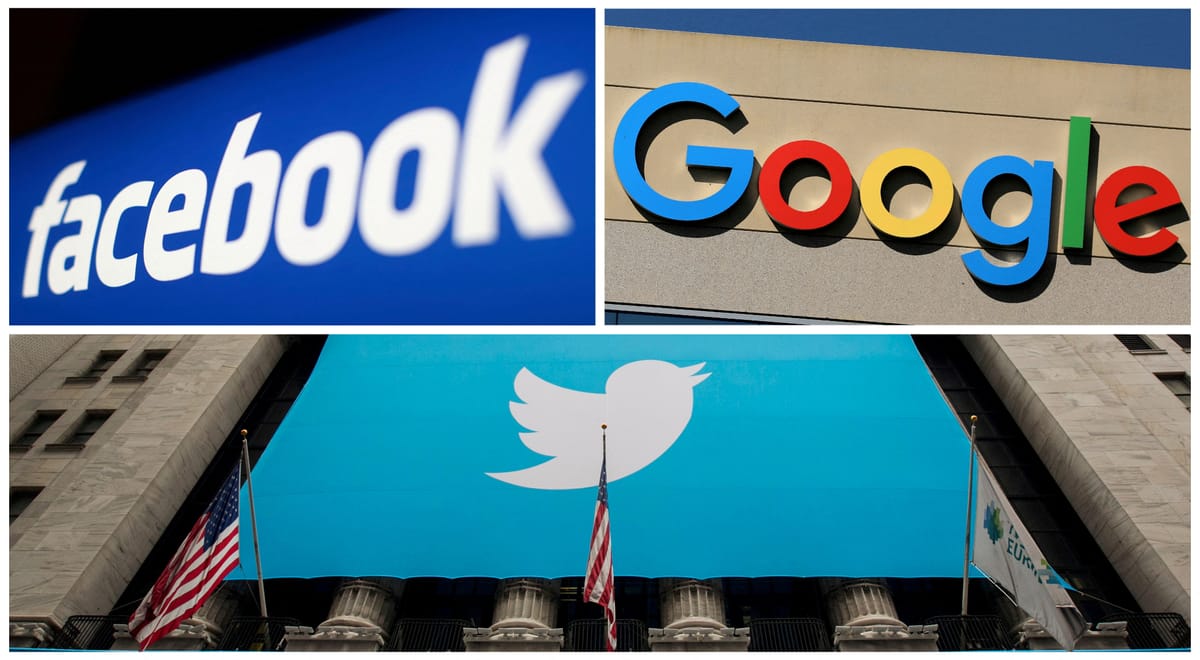How Social Media Shapes What We See: The Impact of Algorithms and Moderation
Recently I joined a Twitter (“X”) Space that included speakers like Andrew Tate, Alex Jones, Kim Dotcom.

Recently I joined a Twitter (“X”) Space that included speakers like Andrew Tate, Alex Jones, Kim Dotcom and other influential people who have (to some degree) been silenced on various social platforms. You may ask why’d you tune in? Simple, I hoped to hear their side of their respective stories and to gauge if their claims about the “matrix” are paranoia or well founded.
In today’s digital age, social media platforms have become the primary source of news and information for many people. But have you ever wondered why your feed looks different from your friend’s? Or why certain posts go viral while others fade into obscurity? The answers lie in the complex world of social media algorithms and content moderation policies. Let’s dive into how these hidden systems shape the information we consume online.
The Invisible Hand: Social Media Algorithms
Social media algorithms are like invisible curators, deciding what content to show you and in what order. They analyze vast amounts of data about your behavior — what you like, share, comment on, and how long you spend looking at certain posts.
How Algorithms Work
While the exact details are closely guarded secrets, we know that social media algorithms generally consider factors like:
- Relevance: How closely the content matches your interests
- Engagement: How much interaction (likes, comments, shares) a post is getting
- Timeliness: How recent the post is
- Relationships: How close you are to the person or page posting the content
- Controversy: How controversial is the content in question (is it triggering)
These algorithms are designed to keep you scrolling, liking, and sharing — because that’s how platforms make money through advertising.
The Echo Chamber Effect
One unintended consequence of these personalized feeds is the creation of “echo chambers” or “filter bubbles.” As algorithms show you more of what you already like and agree with, you become less exposed to diverse viewpoints. This can reinforce existing beliefs and potentially increase polarization on contentious issues.
The Gatekeepers: Content Moderation Policies
While algorithms determine what rises to the top, content moderation policies decide what stays on the platform at all. These policies are the rules that govern what kind of content is allowed and what crosses the line.
The Challenges of Moderation
Content moderation is an enormous challenge, with platforms like Facebook and YouTube dealing with millions of posts every day.
They use a combination of:
- Automated systems using AI to flag potentially problematic content
- Human moderators who review flagged content
- User reporting systems
But even with these systems in place, moderation remains a complex and often controversial process.
Balancing Act: Free Speech vs. Harm Prevention
Social media companies face a constant balancing act between allowing free expression and preventing harm. Too little moderation can lead to the spread of misinformation, hate speech, and illegal content. Too much can be seen as censorship.
Recent examples of high-profile moderation decisions include:
- Twitter’s decision to ban former President Trump
- Facebook’s alleged handling of COVID-19 misinformation
- YouTube’s alleged policies on extremist content
Each of these decisions has sparked intense debate about the role and responsibility of social media platforms in shaping public discourse.
The Ripple Effect: How These Systems Impact Information Spread
The combination of algorithms and moderation policies has a profound impact on how information spreads online:
- Virality: Content that triggers strong emotional responses (whether positive or negative) tends to get more engagement, which algorithms then amplify, potentially leading to viral spread.
- Speed vs. Accuracy: The race for engagement can sometimes prioritize speed over accuracy, allowing misinformation to spread rapidly before fact-checkers can catch up.
- Uneven Amplification: Certain types of content or voices may be disproportionately amplified or suppressed based on how they interact with algorithmic preferences.
- Platform Power: The policies and algorithms of a handful of large tech companies can have an outsized influence on global information flows and public opinion.
Looking Ahead: The Future of Online Information
As awareness grows about the impact of these systems, there are ongoing debates about how to improve them:
- Calls for more transparency in how algorithms work
- Proposals for regulation of social media platforms
- Efforts to develop more sophisticated AI for content moderation
- Experiments with giving users more control over their feeds
What Can You Do?
While much of this happens behind the scenes, there are steps you can take to be a more informed digital citizen:
- Diversify your information sources
- Be critical of what you read and share
- Understand the basics of how social media algorithms work
- Support quality journalism and fact-checking organizations
By being aware of how these systems shape our online experience, we can make more informed choices about how we consume and share information in the digital age.
The way social media algorithms and content moderation policies impact the spread of information online is a complex and evolving issue. As these technologies continue to develop, it’s crucial that we remain engaged in conversations about their design and implementation. After all, they play a significant role in shaping our understanding of the world around us.





